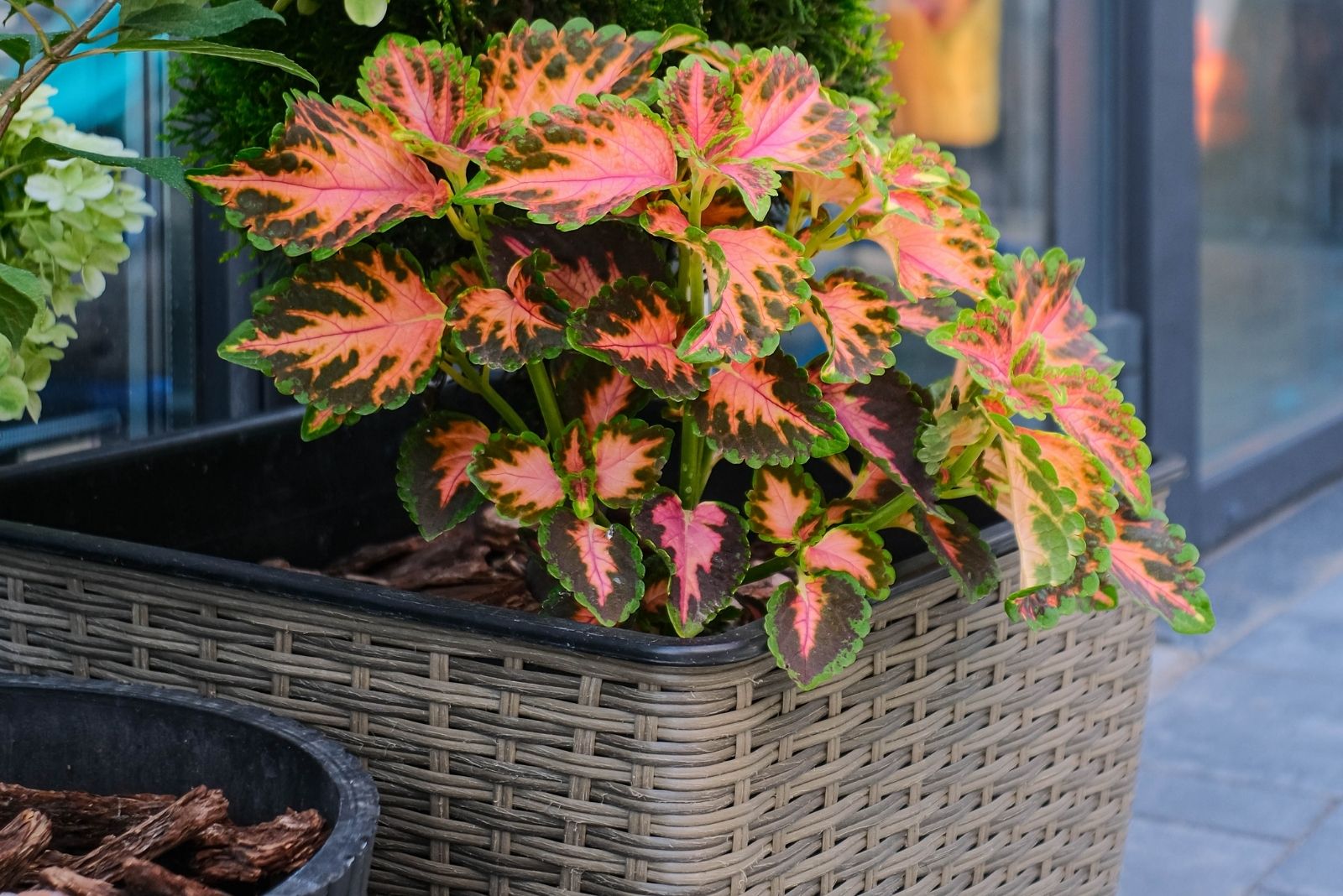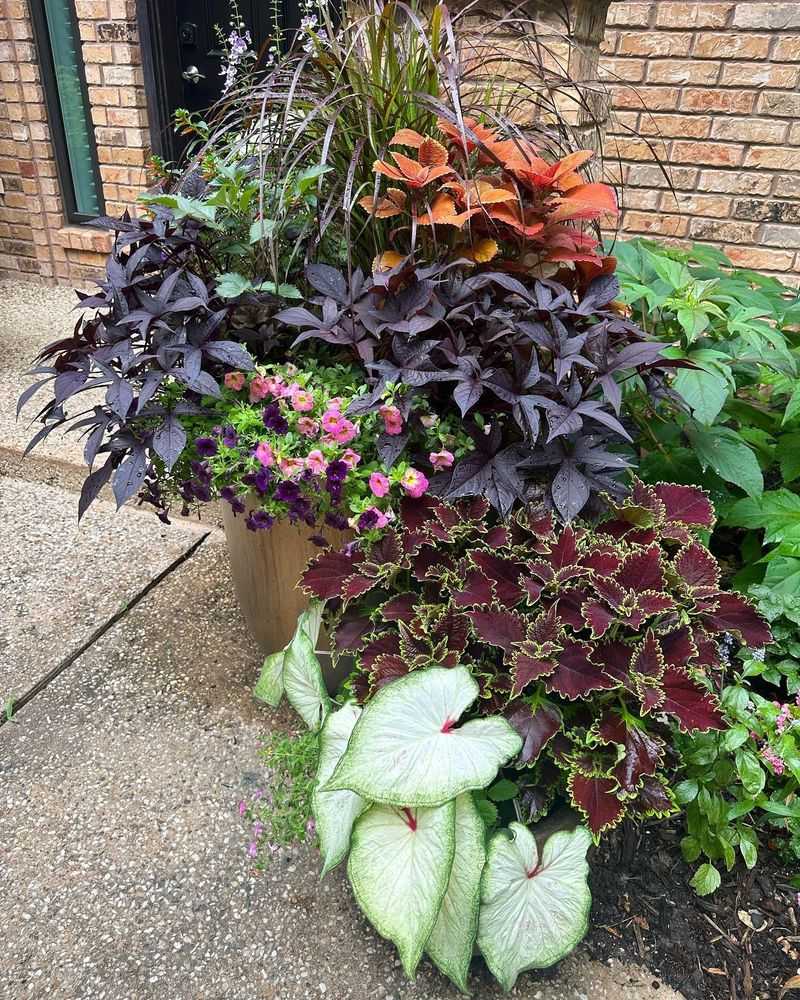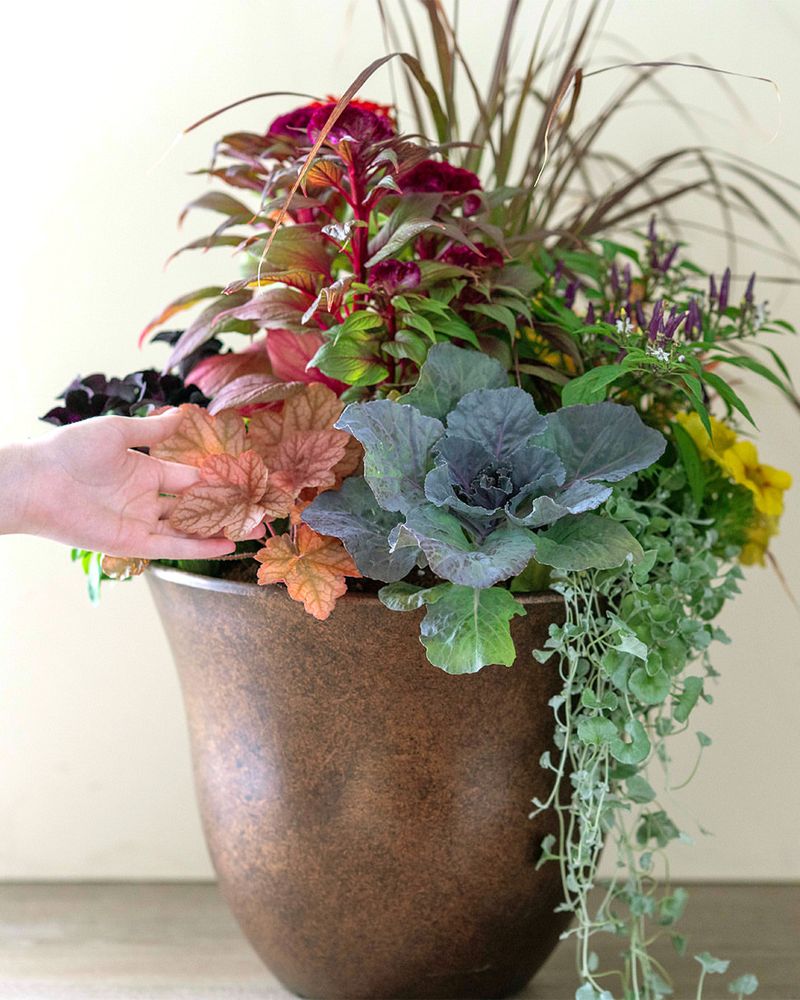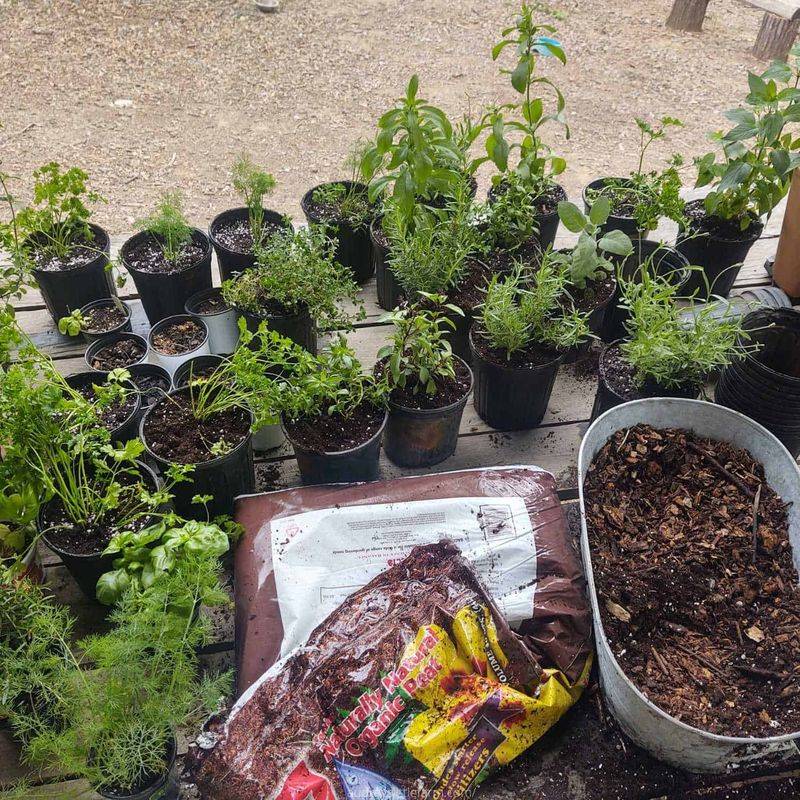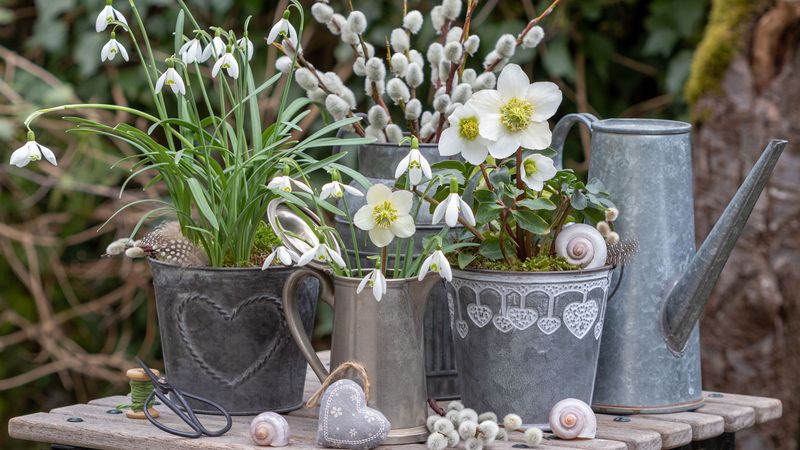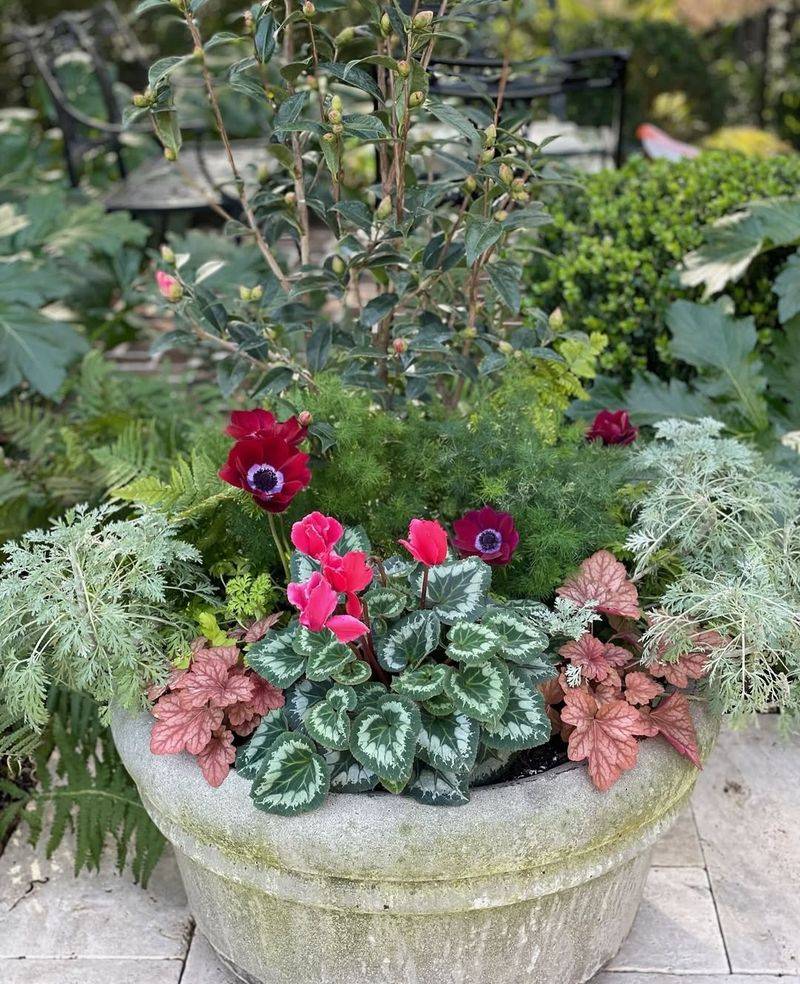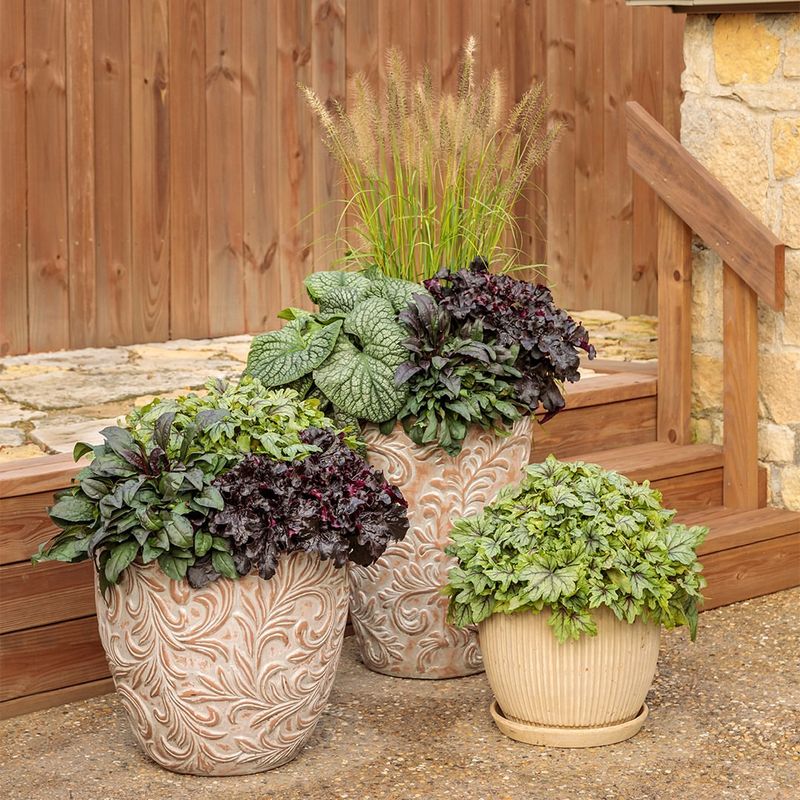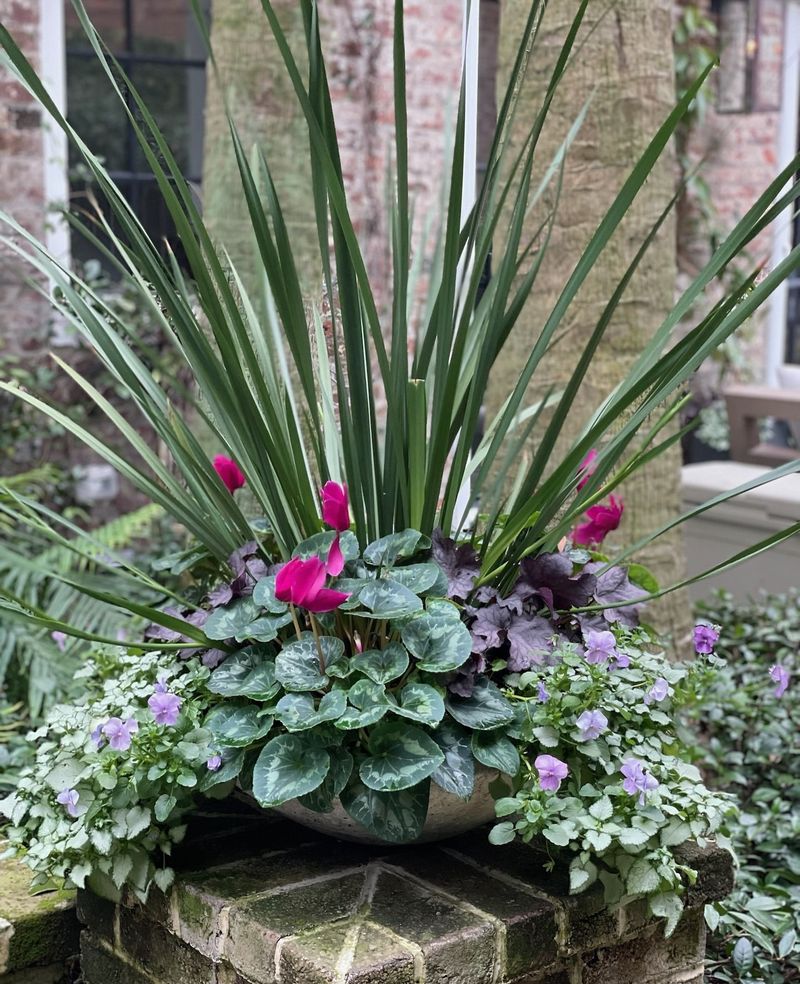Winter in New York doesn’t mean you have to give up gardening until spring arrives. With a little planning and creativity, your container garden can thrive even during the coldest months.
The harsh New York winter presents unique challenges, but also opportunities to enjoy greenery when the city turns gray and white. I’ve spent years perfecting my winter container gardens and I’m excited to share what works.
These seven practical tips will help you create stunning winter displays that withstand freezing temperatures while bringing life and color to your apartment balcony, stoop, or windowsill.
1. Choose Frost-Hardy Plants
Evergreens like dwarf spruce and juniper form the backbone of successful winter containers. They maintain their color throughout the season and stand strong against New York’s bitter winds.
Winter pansies, ornamental kale, and heather add surprising pops of color even in January. I was shocked to see my purple pansies blooming after a light snowfall last year – they looked magical against the white backdrop.
For texture, try adding silver-leaved plants like dusty miller or artemisia. They create a frosted look that complements the winter landscape perfectly.
2. Insulate Your Containers
Terra cotta pots might crack during freeze-thaw cycles, so opt for fiberglass, plastic, or wood containers instead. These materials provide better insulation and protect delicate root systems from temperature fluctuations.
Wrapping pots with burlap or bubble wrap creates an additional barrier against cold. My neighbor laughed at my bubble-wrapped containers until she lost three expensive pots to cracking last December.
Line the inside of containers with foam insulation before adding soil. This simple step keeps the root zone several degrees warmer during those brutal Manhattan cold snaps.
3. Perfect Your Winter Soil Mix
Regular potting soil retains too much moisture in winter, potentially freezing and damaging roots. Mix equal parts potting soil, coarse sand, and pine bark for superior drainage.
Adding a handful of perlite prevents compaction when soil repeatedly freezes and thaws. During my first Brooklyn winter, I skipped this step and ended up with concrete-like soil by February.
Sprinkle slow-release fertilizer sparingly before winter sets in. Plants grow slowly during colder months, and too much fertilizer can actually harm them when temperatures drop below freezing.
4. Master Winter Watering Techniques
Water only when soil is dry to the touch and temperatures are above freezing. Early afternoon is ideal, giving moisture time to be absorbed before overnight freezing temperatures return.
Reduce watering frequency dramatically compared to summer schedules. My Upper West Side containers typically need water just once every 2-3 weeks during December through February.
Snow acts as an insulator and slow-release water source. Last winter, I noticed my snow-covered containers actually fared better than those sheltered under my building’s overhang, which dried out more quickly.
5. Create Visual Interest With Layers
Arrange plants in three tiers: taller evergreens at the center or back, mid-height flowering plants in the middle, and trailing elements like ivy hanging over the edges.
Incorporate unexpected elements for winter interest. Colorful twigs, pine cones, or even fairy lights transform ordinary containers into magical displays. My Queens rooftop garden becomes neighborhood-famous each December for this reason.
Don’t fear empty space! Winter containers look more sophisticated with room to breathe between plants. Overcrowding leads to poor air circulation and potential disease issues during damp winter days.
6. Protect From Harsh Elements
Position containers against walls to shield from prevailing winds and benefit from radiated heat. The microclimate created by brick or concrete buildings can be 5-10 degrees warmer than exposed areas.
Move extremely sensitive plants to sheltered locations during severe weather warnings. When that polar vortex hit New York last January, I temporarily relocated my prized containers to the stairwell overnight.
Apply an anti-desiccant spray to evergreen foliage to prevent winter burn. This waxy coating seals in moisture when dry winter winds would otherwise pull it from leaves and needles.
7. Incorporate Winter-Blooming Surprises
Witch hazel offers unexpected blooms and fragrance during January and February. The spidery yellow or orange flowers appear as if by magic on bare branches when the rest of the city seems dormant.
Hellebores, nicknamed Christmas roses, flower reliably through winter snows. I planted three varieties in my Brooklyn fire escape containers, and they’ve rewarded me with blooms during the darkest months for years now.
Forced bulbs like paperwhites and amaryllis can be nestled among evergreens for pop-up color. Staggering planting times ensures continuous blooms throughout New York’s long winter season.

